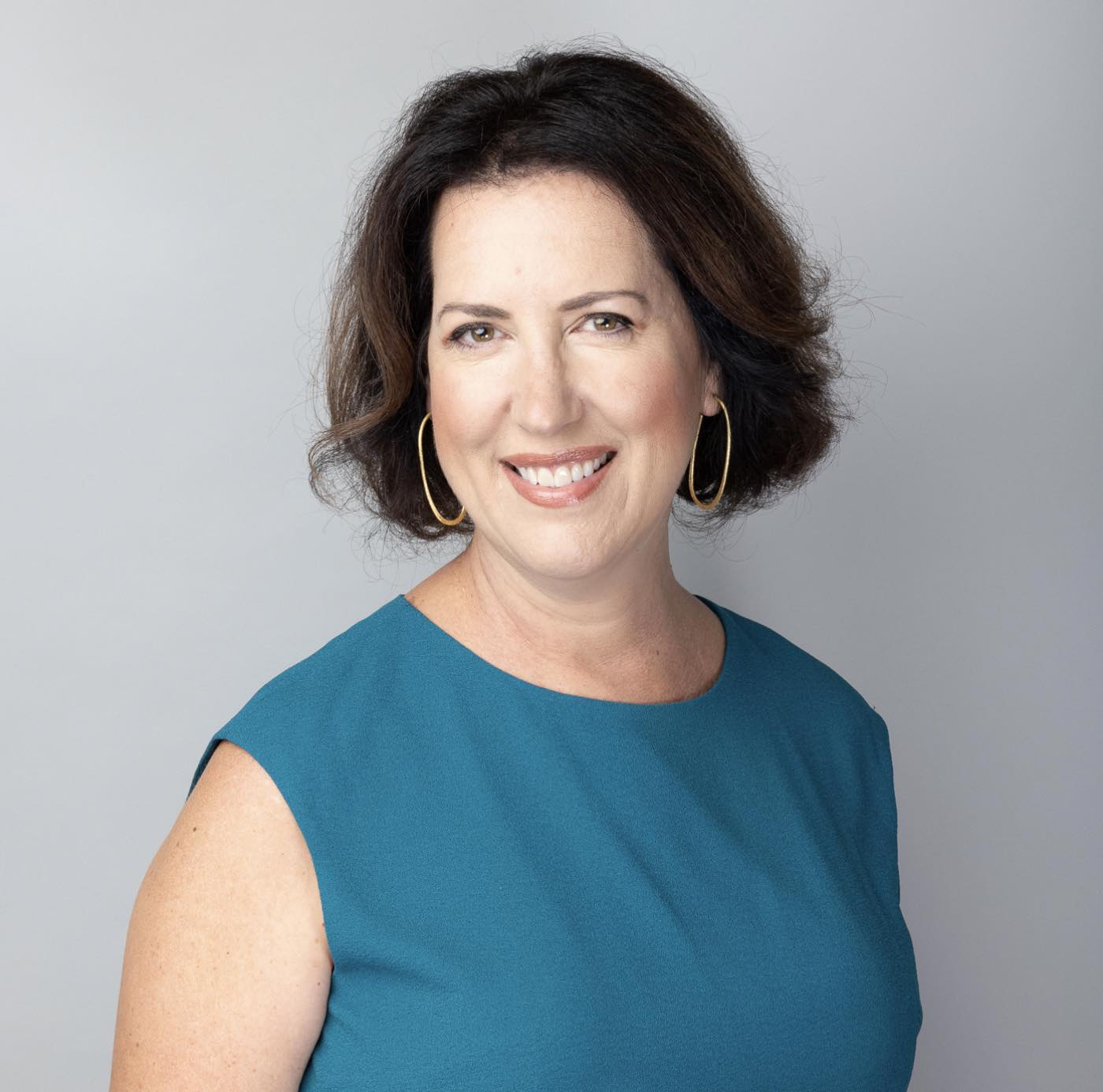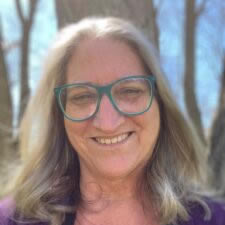Mindfulness in Professional Development: Not a Magic Pill, but Certainly a Superpower
For the next few months, I will be inviting voices from a variety of contexts to share their work and thinking on professional development (PD). This post focuses on mindfulness as a practice that can inform our PD, teaching, and whole lives and is contributed by Mary Scholl at the Institute for Collaborative Learning in Costa Rica.
I don’t believe that there is a magic pill that we can give every teacher to bring meaningfulness and ease into their lives in the classroom. But If I were suddenly given the ability to make sure that all teachers everywhere were given one specific superpower, and I could choose from all the tools, techniques, frameworks, materials, approaches, and methodologies that I’ve encountered, tested, and adapted in my 34 years of teaching and working with teachers, I would choose mindfulness.
Mindfulness gives us — educators and students both — all the power of being present, aware, nonjudgmental, and kind.
- It gives us the power of noticing what is happening in the moment.
- It empowers us to take a pause when emotions are strong to just feel them and let them be, so that whatever is underneath those emotions can surface and we can respond in a productive, inclusive, and tender way.
- Mindfulness brings all of us greater agency and potential in those moments when we are overwhelmed with the myriad decisions we need to make and the intensity of the conditions that we must maneuver through regularly.
- Mindfulness won’t “fix” the challenges in our world, but it will give us the capacity and potential to respond to the challenges from a place of inner wisdom and grace.
With mindfulness as our superpower, we would all have greater capacity to respond to the challenges in our worlds, to intentionally develop our ability to experience joy and happiness as well as to fully experience sadness and sorrow and build better relationships where we all have a better understanding of our own and each other’s needs and a greater degree of respect.
What Is Mindfulness?
Mindfulness is the practice of being aware of how you are experiencing the present moment and accepting it without judgment. It involves paying attention to the sensations, thoughts, and emotions that you experience in the moment with an attitude of openness, curiosity, and acceptance.
Mindfulness can be practiced through different kinds of activities, such as meditation, deep breathing, journaling, and walking. We can practice mindfulness meditation in our daily activities, like washing the dishes or driving a car. By practicing mindfulness, we can learn to be more aware of ourselves and our surroundings, allowing us to make more conscious decisions and create a greater sense of peace and well-being.
My Mindfulness Journey
I first encountered mindfulness meditation at graduate school in 1992, when one of our professors told us he had just returned from a 10-day silent retreat. That sounded extreme, and I thought he was crazy. Two years later, I was sitting my first 10-day silent retreat and shortly thereafter I began seeking to learn about this superpower of mindfulness meditation. Something inside of me was shifting, and I was feeling calmer, more centered, more present, and more able to be with my students. It felt like magic.
Over time, my personal learnings get woven into my language teaching and work with teachers, and mindfulness meditation has become a part of who I am and how I teach. One of the simplest practices, which I’ve been doing for 30 years, starts by taking a moment to slow down and just notice my breathing. This might seem overly simple, but it has given me so much peace; it helps me remember how amazing it is to have breath and be alive – and that regardless of what might be whirling around me, I am indeed alive.
Mindfulness in PD and in the Classroom
Incorporating mindfulness into PD and into language classrooms can be an effective way to help teachers and students become more engaged with their learning and develop their focus and self-awareness. Here are some examples:
- Begin class with a mindfulness moment to help teachers and students transition from their lives outside the classroom and to become present to the class.
- Take a moment when frustration seems high and shift the energies by doing a breathing exercise.
- Finish the PD or class with some quiet reflection time to help teachers and students gather their thoughts about what they most want to remember about class that day.
Another intention is to use mindfulness activities that help teachers and students develop their language skills. For example:
- Encourage students to take a few moments to relax and focus on their breathing before they begin a speaking activity.
- Have students close their eyes and visualize a scene from a book they are reading to help them better understand the material.
- Invite students to do a guided meditation before a writing task or keep a reflective journal about their experiences as a learner.
By incorporating these activities into language classrooms, mindfulness practices help students in their language learning journey.
The Research
There are many neuroscience studies that offer us evidence to the potential of mindfulness to alleviate and manage stress, develop our positive capacities, and bring integration into our lives. You can find some of this evidence in these websites:
You can also find activities and evidence of why they work on the website offered by the Greater Good Science Center at the University of California, Berkeley.
Harvard psychologist Ellen Langer’s 40 years of research on mindfulness has influenced thinking across a range of fields, from behavioral economics to positive psychology and has useful implications for our work as teachers. You can learn more about her ideas in this video.
Resources to Build Your Practice
- Wherever You Go, There You Are: Mindfulness Meditation in Everyday Life, by Jon Kabat-Zinn: One of the first books I read on mindfulness, I remember repeatedly thinking as I read, “I need this. My students need this.”
- Teach, Breathe, Learn: Mindfulness in and out of the Classroom, by Meena Srinivasan
- Happy Teachers Change the World: A Guide for Cultivating Mindfulness in Education, by Thich Nhat Hanh and Katherine Weare: This is one of my favorite books on mindfulness to share with teachers. It has a lot of concrete information, activities and advice.
- “Awakening Joy: 10 Steps to a Happier Life”: This is a five-month online course that takes about two hours a week and directly relates to learning mindfulness in a way that is applicable in the classroom. If you would like a gentle and affordable introduction to mindfulness and how it can serve you as a teacher, I recommend this course!
- Greater Good Magazine and Greater Good in Education (in addition to their "Mindfulness for Adults" page) is a phenomenal resource for teachers. Based at the University of California at Berkeley, they have courses, practices, and resources that are all researched based and easily accessible.
- Sounds True has free resources, courses, and resources you can purchase. I have been using their resources for many years and recently completed a two-year program on teaching mindfulness with them.
- Lauren Alderfer has written some beautiful books we can use to both learn and teach. I particularly enjoy Teaching from the Heart of Mindfulness.
Overall, incorporating mindfulness into how we lead PD and in turn, how teachers can use it in their learning and teaching practice in the language classroom can help create a more positive and effective learning environment, which can lead to better outcomes for our students and for ourselves.
Do you use mindfulness practices when delivering PD? Share your experiences in the comments!


